Top 6 SpiceX Alternatives
In the low-code platform market, selecting the ideal solution to meet each organization’s unique needs can be a challenging task. Numerous renowned options exist, each with distinct features catering to diverse audiences, from small businesses to large enterprises. SpiceX, a robust and agile software for enterprise app development and automation, stands out as a powerful alternative with qualities that make it highly competitive among established platforms.
In this article, we will explore some of the leading solutions in the market – including Salesforce, ServiceNow, OutSystems, Microsoft Power Apps, Appian, and Zoho Creator – examining their strengths and weaknesses and highlighting where SpiceX excels. We’ll uncover how SpiceX offers a unique value proposition, combining cost-effectiveness, flexibility, and a tailored approach for companies seeking innovation and scalability in their operations.
1. Salesforce (Lightning Platform)
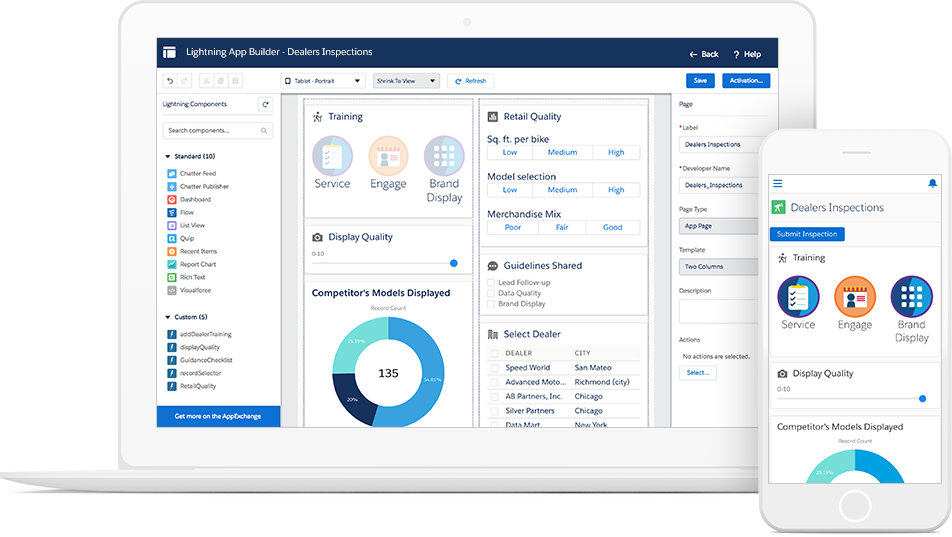
- Strengths:
- Enterprise Reach: Salesforce is deeply entrenched in enterprises, offering a comprehensive suite of CRM and business automation tools.
- AppExchange Ecosystem: Salesforce boasts a vast marketplace for third-party apps, allowing companies to extend their capabilities.
- AI Capabilities: Salesforce’s integration with Einstein AI helps in building predictive applications and automations.
- Integration: Salesforce has strong native integrations with its CRM and external systems, making it highly scalable for large organizations.
- Weaknesses Compared to SpiceX:
- Complexity: The learning curve for Salesforce Lightning is steep, making it harder for non-developers to create apps without specialized knowledge.
- Cost: Salesforce is often criticized for its high cost, especially for small to mid-size businesses.
- Where SpiceX Wins:
- Ease of Use: SpiceX, by design, is more intuitive and accessible to non-technical users, offering a truly low-code approach, whereas Salesforce can become complex without developer support.
- Cost-Effective Scalability: SpiceX offers more flexible pricing, making it more accessible to all customers, from SMB to the enterprise.
- Customization: While Salesforce is highly customizable, SpiceX’s low-code/no-code interface allows businesses to tailor solutions faster without needing as much external support.
2. ServiceNow
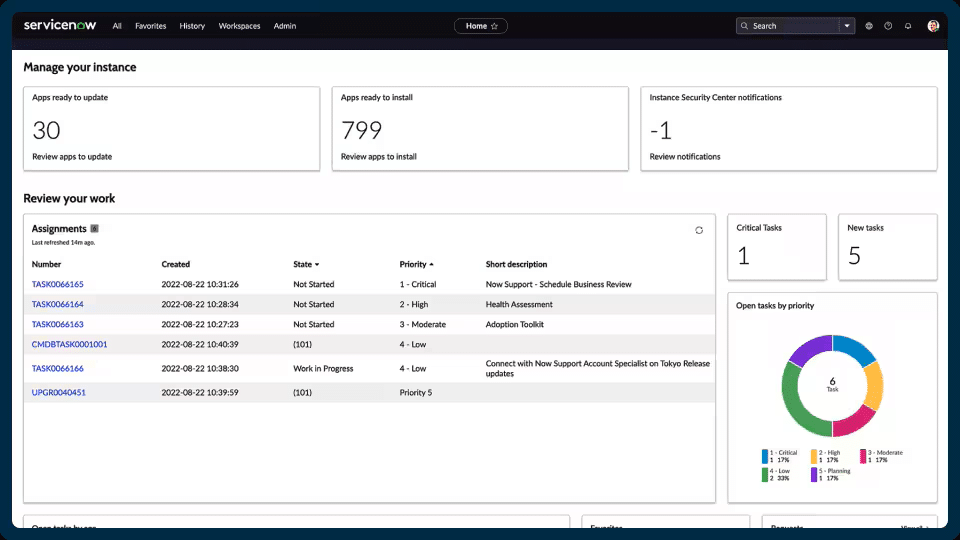
- Strengths:
- IT Operations Focus: ServiceNow excels in IT service management (ITSM), workflow automation, and digital transformation, especially for large enterprises.
- Integration Capabilities: It has strong capabilities to integrate with a wide range of systems, helping organizations manage complex processes.
- Automation: ServiceNow’s automation tools are highly advanced for IT and service management environments.
- Weaknesses Compared to SpiceX:
- IT-Centric: While ServiceNow is excellent for IT workflows, it can be limiting outside of that domain, especially for business users looking for broader functionality.
- Steep Learning Curve: Similar to Salesforce, ServiceNow often requires technical expertise to fully leverage, making it less approachable for non-technical users.
- Cost: ServiceNow is a premium offering, which may not be cost-effective for smaller companies or non-IT use cases.
- Where SpiceX Wins:
- Business Agility: SpiceX is designed to serve both IT and non-IT functions equally well, making it easier for different departments to collaborate without technical barriers.
- Speed to Market: SpiceX allows faster time-to-market for applications due to its simplified approach, empowering non-technical users to create solutions.
- Affordable Flexibility: SpiceX’s flexible and affordable pricing model provides more value for businesses needing both IT and non-IT workflow automation, without the enterprise-level price tag of ServiceNow.
3. OutSystems
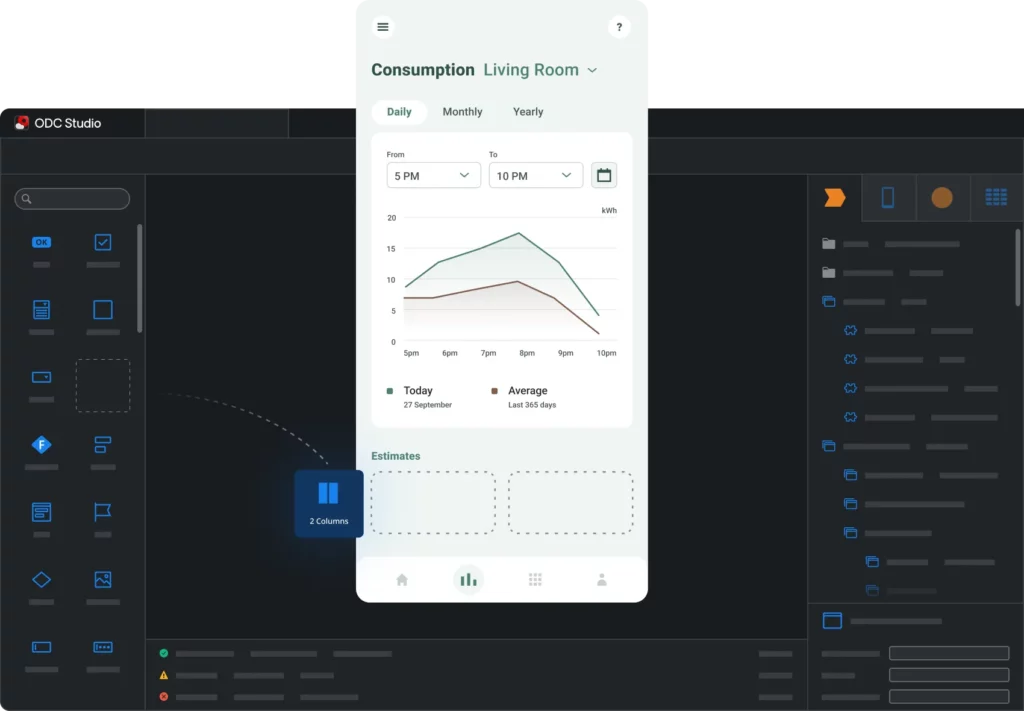
- Strengths:
- Performance: OutSystems offers one of the most robust low-code platforms for building enterprise-grade applications.
- Scalability: It’s designed for large-scale enterprise applications with high scalability and customizability.
- DevOps Integration: OutSystems provides advanced support for continuous integration and deployment, which makes it appealing to development-heavy environments.
- Weaknesses Compared to SpiceX:
- Developer-Heavy: Despite being low-code, OutSystems still appeals to more technical users, especially developers who need extensive customization capabilities.
- Price: OutSystems’ cost can be prohibitive for small and medium businesses.
- Where SpiceX Wins:
- Non-Technical Focus: SpiceX is more genuinely low-code, allowing non-developers to easily build applications and automate workflows without needing coding skills.
- User Experience: SpiceX focuses on streamlining the user interface, making it more user-friendly compared to OutSystems’ more developer-centric approach.
- Cost-Effective for SMBs: SpiceX is positioned to offer more affordable solutions that are still powerful for smaller businesses that don’t need the deep technical customization of OutSystems.
4. Microsoft Power Apps
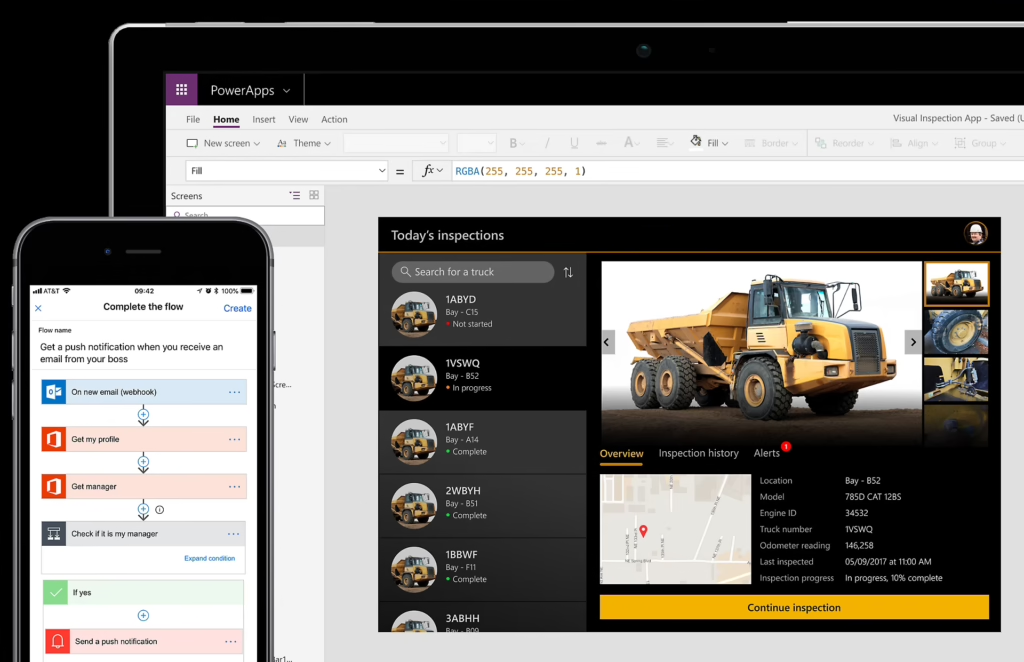
- Strengths:
- Microsoft Ecosystem Integration: Power Apps integrates seamlessly with Microsoft’s suite of tools (e.g., Office 365, Dynamics 365), providing a holistic approach for businesses already using these platforms.
- AI and Data Integration: Through Azure, Power Apps offers strong AI and data integration capabilities for building intelligent applications.
- Enterprise Adoption: With Microsoft’s enterprise footprint, Power Apps benefits from extensive adoption and support from a trusted brand.
- Weaknesses Compared to SpiceX:
- Tied to Microsoft Stack: For companies not using the Microsoft ecosystem, Power Apps can feel restrictive and less valuable.
- Steep Learning Curve: While marketed as low-code, Power Apps can be complex to master, especially when integrating with more advanced Microsoft services.
- Pricing Complexity: Microsoft’s pricing can be complex and, at times, hard to navigate, especially for SMBs.
- Where SpiceX Wins:
- Platform Agnostic: SpiceX doesn’t require businesses to be locked into any ecosystem, providing the flexibility to integrate with multiple tools and services across vendors.
- True Low-Code Simplicity: SpiceX has a much shorter learning curve, making it easier for users to start creating applications without specialized training.
- Clear Pricing: SpiceX’s straightforward pricing model makes it easier for businesses to understand the total cost of ownership without unexpected add-ons.
5. Appian
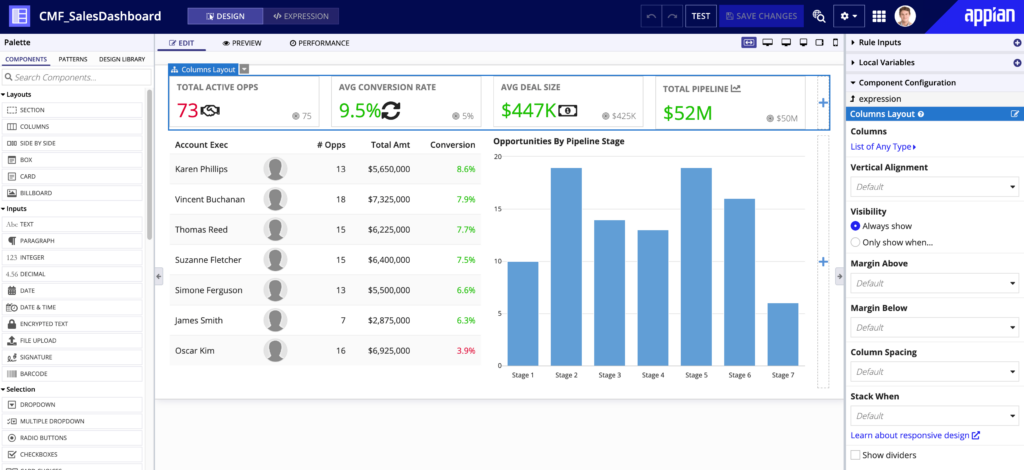
- Strengths:
- Business Process Management (BPM): Appian is strong in BPM and workflow automation, particularly for industries needing strict compliance and regulatory workflows.
- Scalability: Appian is highly scalable, allowing enterprises to manage complex, large-scale workflows with ease.
- AI and RPA Integration: Appian offers strong integration with AI and Robotic Process Automation (RPA) tools to enable intelligent workflows.
- Weaknesses Compared to SpiceX:
- Developer Dependency: Similar to OutSystems, Appian’s platform, while low-code, still heavily relies on technical expertise for advanced customizations.
- Higher Costs: Appian can be costly for businesses not looking to automate at an enterprise scale.
- Where SpiceX Wins:
- Non-Technical User Focus: SpiceX’s intuitive interface ensures that non-technical business users can create, deploy, and manage applications without relying on IT.
- Affordability: SpiceX offers a more cost-effective solution for businesses that want workflow automation without needing enterprise-level resources or costs.
- Speed and Simplicity: While Appian excels in enterprise-scale BPM, SpiceX delivers similar value at a fraction of the complexity and with faster deployment times.
6. Zoho Creator
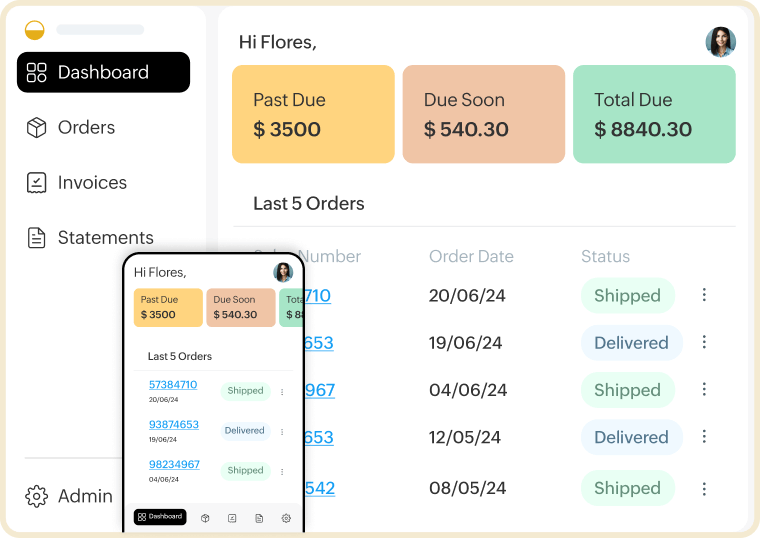
- Strengths:
- Affordability: Zoho Creator is a popular option for SMBs due to its lower price point and simplicity.
- Integration with Zoho Ecosystem: It integrates seamlessly with Zoho’s broader suite of tools, like CRM, email, and project management software.
- Weaknesses Compared to SpiceX:
- Limited Scalability: Zoho Creator is often limited in functionality when compared to enterprise-grade LCNC platforms.
- Fewer Features: For more complex automations or large-scale operations, Zoho Creator falls short in terms of feature set and depth.
- Where SpiceX Wins:
- Enterprise Readiness: SpiceX provides much more robust capabilities, allowing it to scale better for larger organizations.
- Customization: SpiceX has a broader and more powerful feature set, allowing for deeper customizations than Zoho Creator.
- Superior Automation: SpiceX offers more advanced automation features, ideal for businesses looking to implement sophisticated workflows.
Why SpiceX Is Still The Best No Code/Low Code Tool In 2024
- Ease of Use: SpiceX remains a leader in accessibility, empowering business users without the need for technical expertise.
- Cost-Effective: SpiceX delivers enterprise-level automation without the high costs of competitors like Salesforce and ServiceNow.
- Platform Agnostic: Unlike platforms tied to specific ecosystems (e.g., Power Apps and Zoho), SpiceX offers greater flexibility in integrations.
- Faster Deployment: SpiceX’s speed of app creation and deployment outpaces developer-heavy platforms like OutSystems and Appian.
SpiceX is the ideal platform for businesses that need powerful, flexible, and affordable low-code/no-code solutions without the overhead of complex systems or high costs, making it uniquely positioned in a competitive market.
Request a Demo Now
